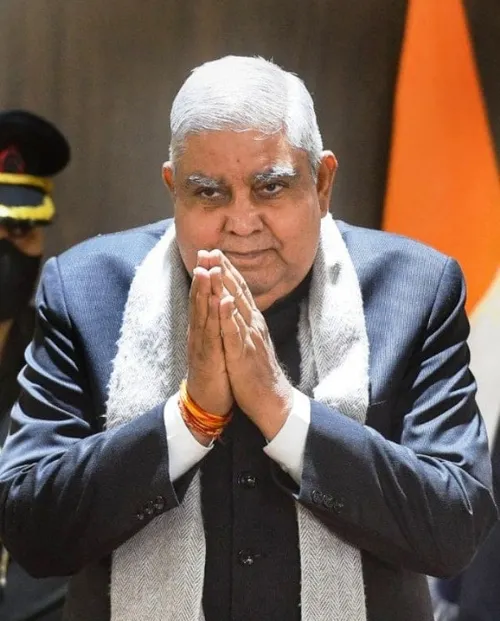
Revival of tourism in J&K is not just about giving assistance to the tourism ecosystem or rebuilding infrastructure or offering travel incentives
| Photo Credit:
–
The year 2024 was a landmark for tourism in Jammu and Kashmir(J&K). Not only did tourism hit an all-time high, but the nature of travel itself began to change. The Valley welcomed a record-breaking 34.98 lakh tourists in 2024.
And then Pahalgam happened this year. Terror attacks are, however, not new to the Valley. A set pattern can be observed in the last 35 years. An act of terror is generally followed by action by security forces, political mudslinging, and a few years of so-called healing-up action, creating a false perception of peace only to be shattered by another act of terror — and the cycle seems to continue. This time though, India launched Operation Sindoor and demonstrated that terror infrastructure is not unshakable.
In such a scenario, how can the tourism sector, the lifeline of J&K, be given a leg-up? ‘Public Private Partnership’ (PPP) may be able to deliver a workable, bankable, secure and sustainable solution. To follow the PPP format for end-to-end tourism, J&K must notify tourism as a priority and special service. PPP involves, among other things, sharing of risks and managerial competence. The risk-mitigation matrix for a tourism project in J&K may have factored in dozens of risks, but the prominent ones are: demand, operational and security risks.
Special purpose company
Demand and operational risks should be fully owned by the concessionaire, while security risk may be a shared responsibility between the state and the concessionaire.
Once selected as a preferred bidder, the concessionaires are required to set up a special purpose company (SPC) to develop and run tourism projects allocated to each one of them.
The board of directors for such SPC should essentially have military veterans to plan, advise, monitor and coordinate the security aspects of the services being provided by the SPC. Each layer of service delivery should have veteran elements of necessary level.
Such SPC should engage all locals and non-locals who or whose assets may be needed for a comfortable and secure tourism experience of any of the patrons who wish to obtain tourism services. The veteran elements at each level will ensure timely coordination with local police and security forces and close monitoring of tourists’ excursion tours. Corporatisation and digitisation of tourism will bring in transparency and curb unprofessional and unsafe practices often encountered by tourists.
A robust tourism sector regulator and quick dispute resolution mechanism need to be set up alongside. Insurance coverage can also be extended to tourists and support staff.
Latest figures indicate that tourism accounted for about 7.4 per cent of J&K’s GDP (Shukla, April 23, 2025). It is a sizeable business and may be able to attract best companies from J&K and rest of the country. Pan-India corporate participation in bidding and running the operations will be an effective step to break the legacy of alienation among locals.
Well-equipped and well-trained SPC will be able to then offer a truly sustainable and secure tourism experience.
Revival of tourism in J&K is not just about giving assistance to the tourism ecosystem or rebuilding infrastructure or offering travel incentives, it requires taking decisions to initiate legislative action, formulate policies and bring in a paradigm change in the way tourists are taken care of.
It has to be done professionally and tourist lives should no longer be at the mercy of some good Samaritans among the sea of faceless locals visible at all tourist spots.
The PPP format is a time-tested way forward wherein public authorities and private entity together share risks and rewards while providing best experience to tourists round the year.
The writer is Vice-Chairman of Indo-Sri Lanka Chamber of Commerce and Industry. He worked in the Valley in 2006-09, on deputation with IRCON. Views are personal
Published on June 7, 2025
Anurag Dhole is a seasoned journalist and content writer with a passion for delivering timely, accurate, and engaging stories. With over 8 years of experience in digital media, she covers a wide range of topics—from breaking news and politics to business insights and cultural trends. Jane's writing style blends clarity with depth, aiming to inform and inspire readers in a fast-paced media landscape. When she’s not chasing stories, she’s likely reading investigative features or exploring local cafés for her next writing spot.






